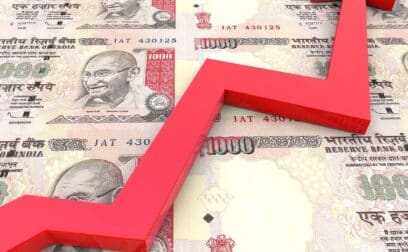Definition
A bear market refers to a prolonged period of declining prices and pessimism in a financial market, typically characterised by a drop of at least 20% from recent highs in stock prices.
What is a bear market?
During a bear market, investor confidence tends to wane, and there’s a prevailing sense of negativity about the market’s future prospects.
Key features of a bear market include:
- Declining prices: Prices of various financial instruments, such as stocks, bonds, or commodities, experience a sustained downward trend.
- Pessimism: Investors and market participants become increasingly cautious and concerned about the economy’s performance and the overall direction of the market.
- Reduced trading volume: As uncertainty and caution grow, trading volumes often decrease because investors are less inclined to buy or sell.
- Negative sentiment: Media coverage tends to focus on economic challenges, market declines, and potential risks, contributing to prevailing negative sentiment.
- Longer duration: Bear markets can persist for months or even years, as they often reflect broader economic cycles and significant shifts in investor sentiment.
The opposite of a bear market is a bull market, characterised by rising prices, optimism, and confidence in the market’s future. Both bear and bull markets are natural parts of market cycles, driven by various economic factors, investor behaviour, and global events. Understanding these market dynamics is crucial for investors to make informed decisions about their investment strategies.
Example of bear market
Imagine a stock market index, such as the Imaginary Stock Index (ISI), has been steadily declining for an extended period.
- Starting point:
- At the peak, the ISI reached 10,000 points.
- Bear market begins:
- Due to various economic concerns, negative news, or external shocks, investors start selling stocks, leading to a decline in the ISI. Over the next several months, the ISI experiences a continuous decline. Investors become increasingly cautious, and selling pressure persists.
- Bear market confirmed:
- After a sustained drop of 20% or more from its peak, market analysts declare that the ISI has entered a bear market.
- Impact on portfolios:
- Individuals with investment portfolios may see a decrease in the value of their holdings. Retirement accounts, mutual funds, and other investments are affected by the overall market decline.
- Investor strategies:
- Some investors, believing that stock prices have further to fall, might adopt defensive strategies such as moving to safer assets like bonds or cash.
- Recovery period:
- Bear markets are typically followed by a recovery period. Investors who weathered the downturn may find opportunities to buy stocks at lower prices.
































 yet? Register here!
yet? Register here!